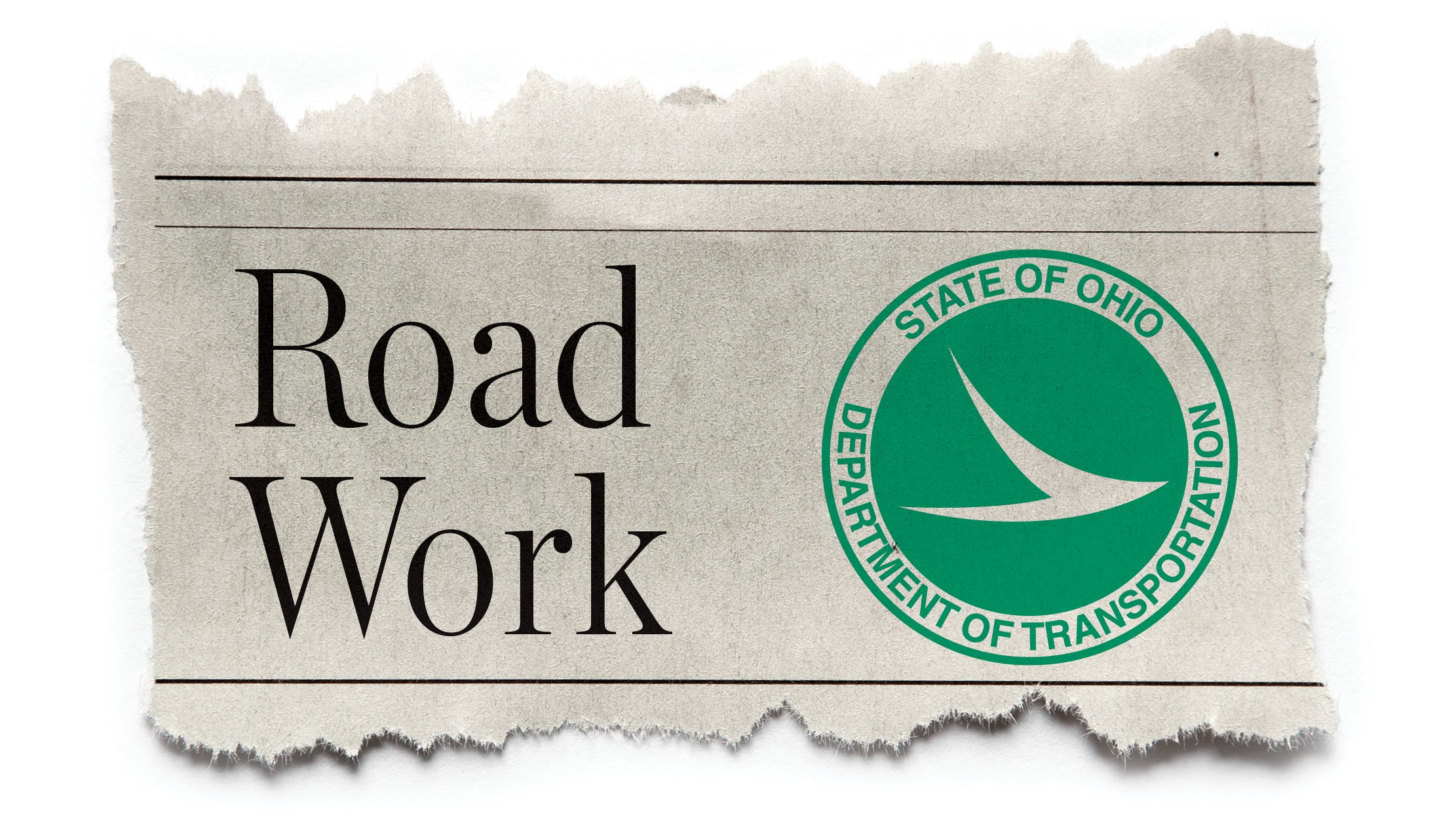Creating the Safest Schools
Published 12:00 am Sunday, April 11, 2010
Forty years ago, the school room trouble maker, if there was one, encountered a little corporal discipline. Just about every teacher or principal had a “board of education” — not a group of people who make rules but a long paddle, sometimes with holes drilled in it, that was used to enforce the rules.
Substance abuse was a rare event. How many times back then was a police cruiser parked at your school?
Things have changed. These days problems at schools are frequently handled not only by school officials but by a school resource officer taking an active role in molding kids into better young people.
Facts and figures
The Lawrence County Sheriff’s Office handled more than 29 assault complaints at area schools between 2008 and 2010 and more than 67 incidents involving unruly students.
There were further reports of drug or alcohol use. Lawrence County Sheriff Jeff Lawless and School Resource Officer Charlie Hammond said the actual figures on school violence are probably higher but are hard to pinpoint.
Often a complaint is called in by a teacher or principal and is listed under that person’s name and not the school name. The above figures reflect only those complaints called in under the school’s name.
Complaints run the gamut of misbehavior.
At South Point High School last month, one student threatened to assault a teacher. The child had already been in trouble with the law for other, earlier charges. Countywide, there have been two reports of student-on-staff assaults within the last two years.
In February, one Collins Career Center student assaulted another student. The assailant could not or did not explain why she did it.
While no one denies school violence has increased over the years, Lawless and Hammonds pointed out that the increase in school reports at the sheriff’s office is due in large part to the willingness these days of school administrators and teachers to call the sheriff’s office if a student becomes a problem.
Hammonds said, in the past, administrators used to deal with problem students on their own. The sheriff’s office was called in only for major events. But the 1999 tragedy at Columbine High School in Colorado changed everything.
“After Columbine, violence in schools was looked at differently,” Hammonds said. “Even what used to be considered minor things are looked at differently today.”
Chesapeake High School Principal Joe Rase agreed.
“The resource officer is an avenue available to us. Why not go ahead and have them take care of it and they have been helpful,” Rase said. “If its an unruly student, we’d call the sheriff’s office. If it’s drugs in school, or a knife, that type of thing, a weapon of some sort, we call the sheriff.”
Lawrence County has one school resource officer — Hammonds — to handle issues within its seven public districts. There are times when Hammonds and other officers make unannounced visits to the schools, walk-through visits meant to be public relations as much as law enforcement.
“That’s the good thing with Charlie and the sheriff’s office,” Rase said. “Sometimes they just come and check to see how we’re doing.”
Rase said Chesapeake doesn’t have a lot of fights and he thinks its because students know it will be dealt with by school officials or, if necessary, by the sheriff’s office.
Bullying is the root cause of some school violence.
“When we see bullying we’re going to take it seriously and get to the root of the problem,” Lawless said.
Kids in trouble often find themselves in juvenile court and frequently in the Lawrence County Detention Center.
“The juvenile court and Judge (David) Payne have been tremendous in working with us,” Lawless said.
Are juvenile suspects treated differently than adults accused of the same kind of crime? Hammonds says yes.
“Sometimes these kids can be talked to,” Hammonds said. “In the juvenile realm, we’re trying to salvage these kids and we have had some success.”
The bathroom stall
In February, a couple of students at Fairland High School were involved in assaults on fellow students. One kid would punch his victim while a friend filmed the incident with his cellular phone camera.
The hi-tech gadgets we can’t seem to live without these days has presented a whole new set of headaches for school and law enforcement officials. Cellular phones are often equipped with cameras that can be carried into locker rooms. While most schools have a no-cell-phone-use-at-school policy, some students are more than willing to test the rules for a little fun. And sometimes they get caught.
In January, Rock Hill Middle School called the sheriff’s office because girls were taking photographs of other girls in the restrooms with their cell phone cameras. The two girls, one 13 and one 14, were taken to the group home.
Students can quietly send text messages to each other, thus creating a new avenue to threaten, bully or cooperate with plans to instigate mischief.
The Internet can be turned into a modern-day version of the restroom stall door, enabling people to anonymously smear another person’s name or threaten violence without every having to take responsibility for it.
And Rase pointed out sometimes the problem begins outside of the confines of the school and spills over the next day when students return to class and want revenge for the text message or Internet posting they saw the night before.
“The Internet and all the phones have brought to life all the new problems that must be dealt with,” Rase said.
Ounce of prevention
Lawless said Hammonds is not only in the schools to deal with crime but to educate students on substance abuse, stranger danger and other issues facing young people today. He is also there to foster a strong relationship between the sheriff’s office and the schools.
Hammonds believes if more work could be done at the grade school level, officials could prevent kids from developing the substance abuse and violence issues that tend to plague the older kids.
“If we could get at kids that age, we could save society so much money,” Hammonds said.
“All of the school officials are taking an active part in making the schools safer for the kids,” Hammonds said.
Several other school administrators did not return messages seeking comment.




